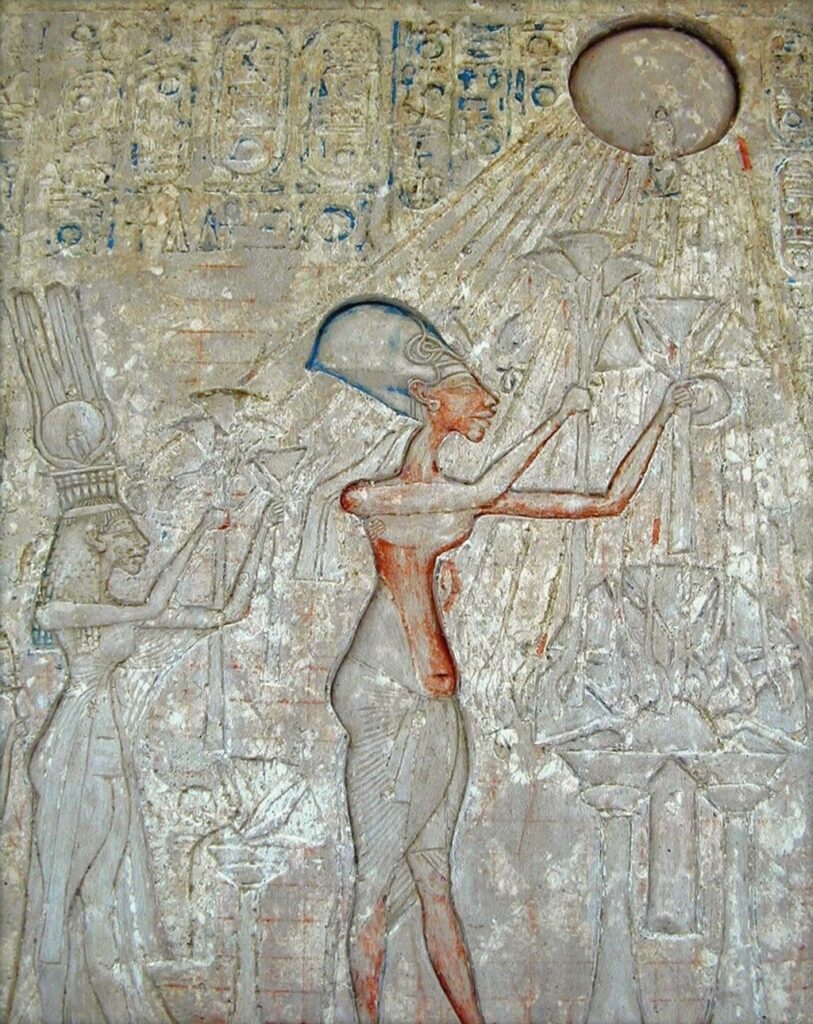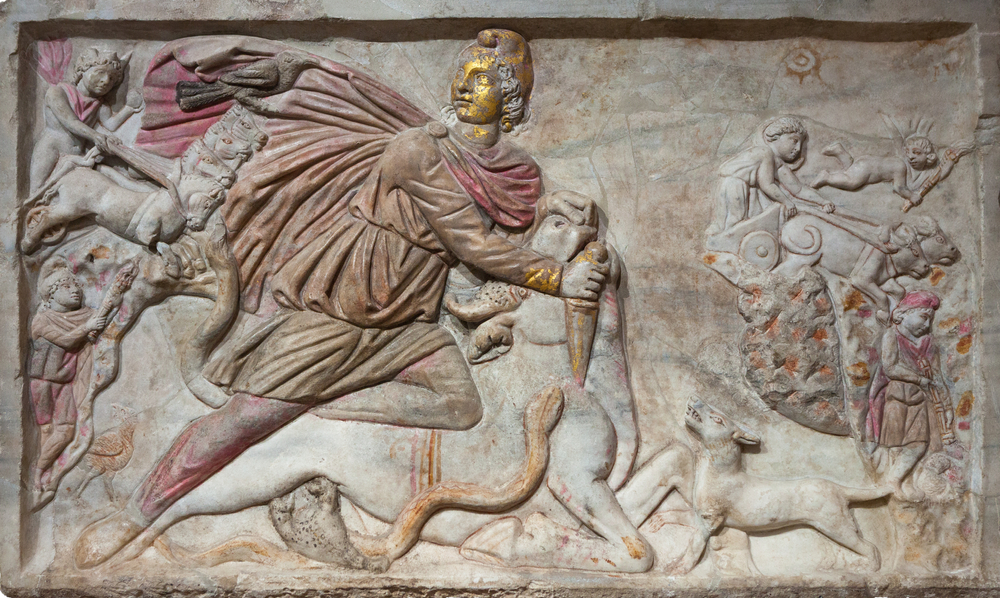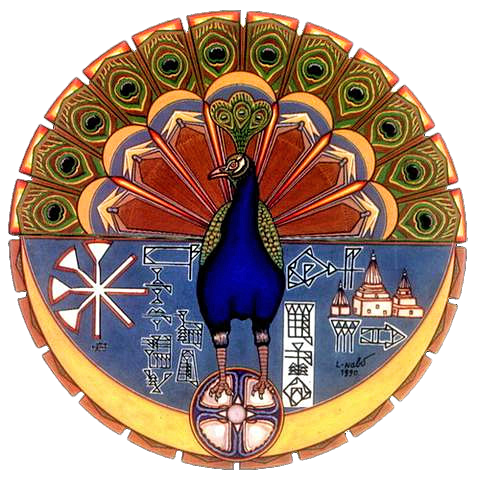Monotheistic religions, those centered on the belief in a single god, have shaped human history for thousands of years. These faiths have influenced the cultural, philosophical, and spiritual frameworks of societies around the world. This article explores some of the oldest monotheistic religions, highlighting their origins, key beliefs, sacred texts, and symbols. Each religion has contributed to the development of modern religious thought in unique ways, leaving a lasting legacy that continues to resonate today.
Babism

Babism is one of the more recent monotheistic movements, founded in 1844 by Ali Muhammad Shirazi, known as the Bab. It emerged during a period of religious reform in Persia, emphasizing the unity of humanity and anticipating the arrival of a new messenger from God. The Bab and his followers, known as Babis, faced persecution, and the Bab was executed in 1850 for his beliefs. Its primary scripture, the Bayan, introduced new laws and a vision for spiritual reform. Although its influence waned over time, it became the precursor to the Baha’i faith. Today, it is largely absorbed into the Baha’i faith, though it remains a key part of Persia’s religious history. Despite its short lifespan, it significantly shaped religious thought in Persia and provided a foundation for the global spread of the Baha’i faith.
Sikhism

Sikhism, founded in the 15th century by Guru Nanak in the Punjab region, is a distinct monotheistic religion focused on devotion to one God, Waheguru. The Guru Granth Sahib is the central scripture for Sikhs, containing hymns and teachings by Guru Nanak and subsequent Gurus. It emphasizes equality, service to humanity, and honest living. The Khanda, a symbol of two crossed swords, represents the balance between spirituality and worldly responsibilities. Sikh places of worship, known as Gurdwaras, are centers for prayer and community service. It emerged during a time of religious and political upheaval, blending elements of Hinduism and Islam but maintaining its own distinct theology. Its emphasis on community service and equality continues to shape its followers’ lives today, particularly through the practice of langar, a free communal kitchen.
Atenism

Atenism, founded by Pharaoh Akhenaten in the 14th century BCE, is often regarded as one of the first monotheistic religions. Akhenaten rejected the traditional Egyptian pantheon and declared the sun disk, Aten, as the sole god. His reign marked a dramatic shift in Egyptian religious practice, as the pharaoh built a new capital, Akhetaten, dedicated to the worship of Aten. The “Great Hymn to the Aten” is one of the key religious texts from this period, celebrating Aten’s life-giving powers. It was short-lived, and after Akhenaten’s death, Egypt quickly returned to polytheism. Its brief experiment in monotheism was a radical departure from traditional Egyptian religion, though it left little lasting impact on Egyptian society.
Islam

Islam was founded in the 7th century CE in Mecca by the Prophet Muhammad, based on divine revelations he received, which were later compiled into the Quran. Muslims believe in one God, Allah, and follow the Five Pillars of Islam as essential practices of their faith. The crescent moon and star are symbols often associated with Islam, representing faith and the divine light. Islamic beliefs are rooted in the concept of submission to God’s will, and its teachings emphasize justice, mercy, and community solidarity. Today, it is one of the largest and fastest-growing religions in the world, with more than 1.5 billion followers globally. Its rapid expansion after Muhammad’s death led to the establishment of large empires, making it a dominant cultural and religious force in much of Asia, Africa, and Europe.
Manichaeism

Manichaeism was founded in the 3rd century CE by the prophet Mani and became a major religion in the Roman Empire and Persia. It was a dualistic faith, emphasizing the cosmic struggle between the forces of light (good) and darkness (evil). Mani’s teachings combined elements of Zoroastrianism, Christianity, and Buddhism, and his religious texts were widely disseminated. Despite its initial success, it faced persecution from both the Roman and Persian authorities and eventually declined. The religion’s scriptures, such as the Shabuhragan, offered spiritual insights into the battle between good and evil. Its influence continued in later religious traditions, especially Gnosticism. Though it eventually faded, its ideas about dualism left a lasting legacy on other religious movements, particularly within the Christian and Islamic traditions.
Mithraism

Mithraism was a mystery religion practiced in the Roman Empire from the 1st to 4th centuries CE, centered on the worship of Mithras, a god of light and truth. Followers of Mithraism gathered in secret temples to perform complex rites, including the symbolic slaying of a bull, a key ritual known as the tauroctony. Though it was not strictly monotheistic, it shared many characteristics with later monotheistic religions, such as a single deity figure and ethical teachings. Mithraic temples were often built underground, symbolizing spiritual ascent through hidden knowledge. The religion declined with the rise of Christianity, which absorbed some of its rituals and symbols. The parallels between Mithraism and Christianity have been noted by scholars, particularly regarding the themes of salvation and communal meals.
Christianity

Christianity, founded in the 1st century CE, is based on the teachings of Jesus Christ, believed by Christians to be the Son of God and savior of humanity. Christians believe in the Trinity: one God in three persons—Father, Son, and Holy Spirit. The religion’s central text, the Bible, comprises the Old and New Testaments. The symbol of the cross represents Jesus’ crucifixion and resurrection, central events in Christian belief. It spread rapidly through the Roman Empire despite initial persecution. Today, it is the largest religion globally, with over two billion adherents. It has influenced Western civilization profoundly, impacting art, culture, philosophy, and politics throughout history.
Yazidism

Yazidism is an ancient monotheistic religion primarily practiced by the Yazidi people in northern Iraq that likely originated around 2,000 BCE, making it over 4,000 years old. The Yazidis believe in one God, who entrusted the world to seven holy beings, the most prominent of whom is Melek Taus, symbolized by a peacock. The Yazidi holy texts, such as the Mishefa Reş, contain the religion’s beliefs and practices. It incorporates elements of Zoroastrianism and ancient Mesopotamian traditions. The religion has faced significant persecution throughout its history, most recently by ISIS, which targeted Yazidis for their beliefs. Yazidis practice pilgrimages to the sacred site of Lalish, where rituals honor Melek Taus. Its resilience in the face of adversity has preserved its unique monotheistic traditions over thousands of years.
Judaism

Judaism is one of the oldest monotheistic religions, with origins dating back to the second millennium BCE. Jews believe in one God who made a covenant with the people of Israel, as recorded in the Hebrew Bible, particularly in the Torah. The Star of David is the most recognized symbol of Judaism, and the faith centers on synagogue worship and the study of the Torah. The Ten Commandments, central to Jewish law, emphasize ethical conduct and the worship of one God. Despite challenges such as exile and persecution, it has remained a cornerstone of world religious history and has significantly influenced Christianity and Islam. Its emphasis on law, justice, and the covenant between God and Israel has shaped the moral foundations of many societies around the world.
Zoroastrianism

Zoroastrianism is considered the world’s oldest monotheistic religion, dating back to around 1500–1200 BCE. It was founded by the prophet Zoroaster in ancient Persia and centers on the worship of Ahura Mazda, the supreme God of wisdom, light, and goodness. Zoroastrians believe in a dualistic cosmology, with Ahura Mazda representing good and his adversary, Angra Mainyu, embodying evil. The Avesta, the religion’s sacred text, contains hymns and religious law. Zoroastrians pray in fire temples, where fire symbolizes divine light and purity. Historically, it was the state religion of several Persian empires, influencing later monotheistic religions such as Judaism, Christianity, and Islam. Though the number of Zoroastrians has dwindled, primarily found today in Iran and India, the religion’s philosophical ideas continue to impact modern religious thought.
This article originally appeared on Rarest.org.
More from Rarest.org
14 Rare and Beautiful Corals Found in Deep Sees

The deep seas are home to some of the world’s most intriguing and rare corals. These corals not only add vibrant colors to the ocean depths but also play crucial roles in marine ecosystems. Read More.
8 Most Expensive Vintage Cadillacs Ever Auctioned

Vintage Cadillacs have always been a symbol of luxury and class. Collectors around the world seek these exquisite vehicles for their elegance and historical significance. Read More.
15 Rare and Exotic Amphibians Thriving in Remote Jungles

Deep within the world’s most remote jungles, a diverse range of rare and exotic amphibians thrive, often hidden from human view. These remarkable creatures have evolved unique traits to survive in their specific environments, from vibrant colors that ward off predators to extraordinary abilities like gliding or regenerating limbs. Read More.
